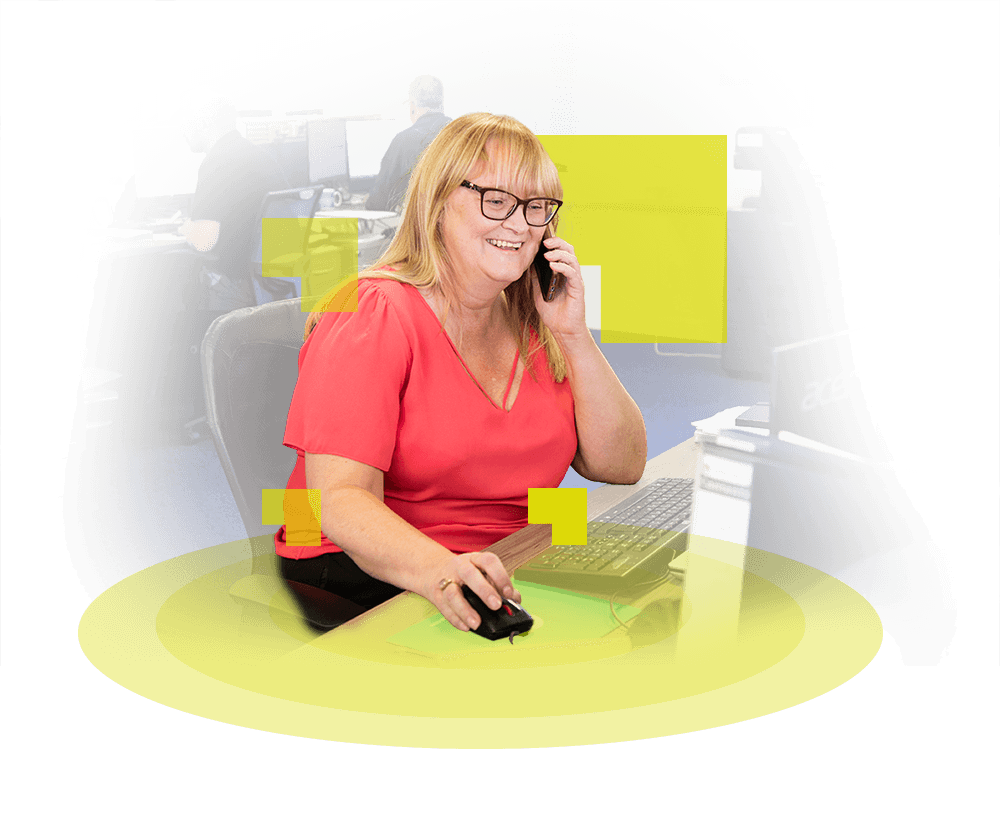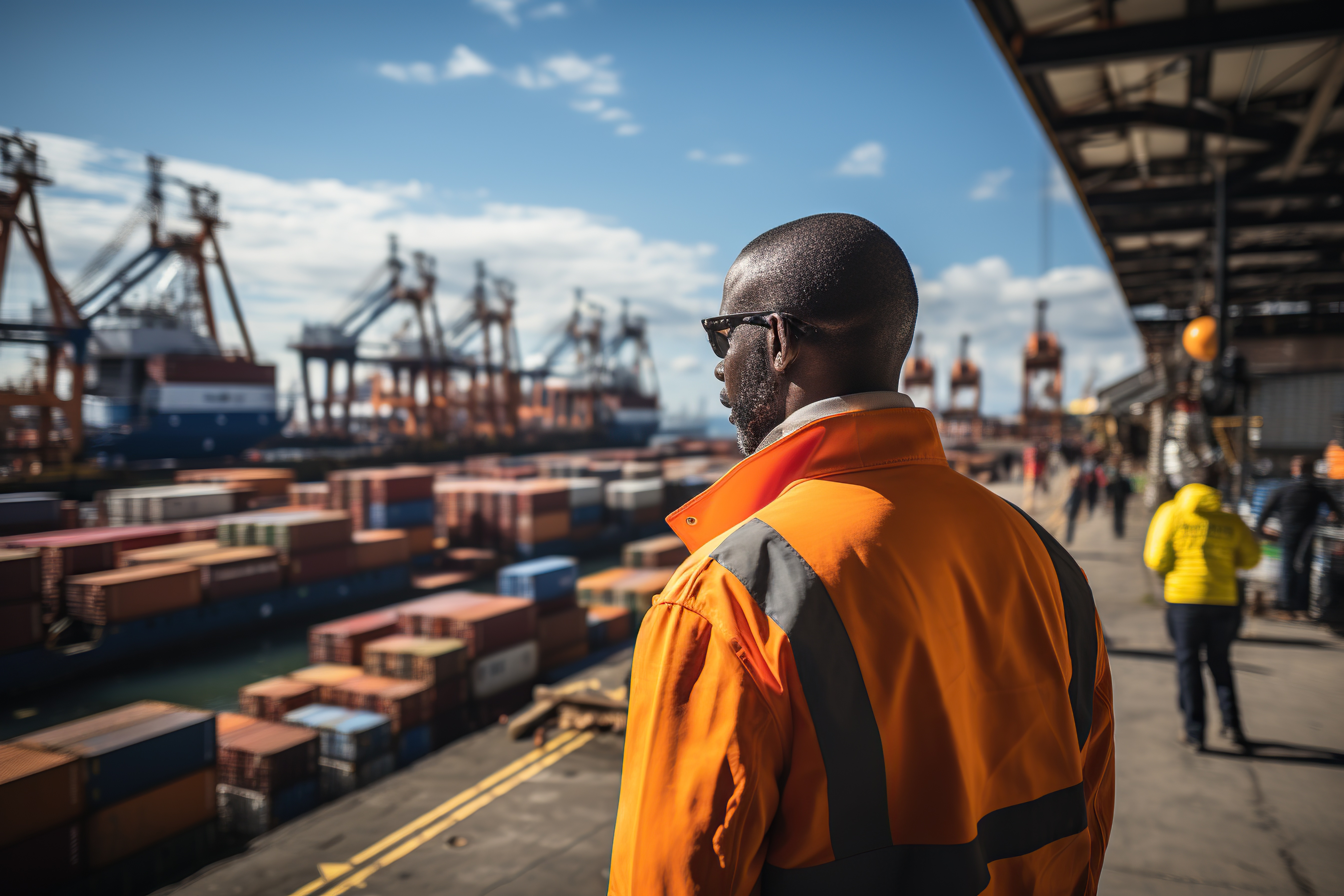Sustainable sea freight solutions, seamlessly delivered.



At Denholm Good Logistics, we provide a whole host of sea freight solutions tailored to your business’s specific needs and requirements. Our ocean freight services include:
Road Freight
Air Freight
Projects
Consolidation
If you have further questions about our sea freight services, kindly see the section below to find the answers to frequently asked questions.
What type of shipping container should I use?
The type of container you need will depend on the goods you need to transport. Here is a list of the most common sea freight containers and what they are used for.
- Standard – a standardised metal box usually measuring 20ft or 40ft in length.
- Dress hanger – sea freight container used to transport clothing items, such as evening and bridal wear, without folding.
- Flat racks – sea freight container without two side walls or a roof and is often used for oversized cargo.
- Flexi tank – a sea freight container with a flexible tank inside that transports non-hazardous liquid.
- High cube – sea freight container taller than the standard 8ft 6in.
- Insulated – sea freight container used to maintain the temperature of the goods inside.
- Open top – sea freight container that opens from the top to simplify loading and unloading of heavy, bulky, tall, or awkward goods.
- Reefer – refrigerated sea freight container used to keep perishable goods, such as food, at a constant temperature of lower than 15 degrees.
- Ventilated – sea freight container used for transporting items requiring protection from moisture and condensation.
How many pallets can you fit in a shipping container?
It will depend on pallet and container size as the pallets used in sea transport differ. The International Organisation for Standardisation (ISO) recognises three popular pallet sizes for efficient shipping:
- Standard/EUR2/ISO2 – measures 1200mm x 1000mm (47.24in x 39.37in). A 20ft container can fit 10 standard pallets, while a 40ft container can fit 20-21.
- North American Standard/GMA – measures 1016mm x 1219mm (40in x 48in). A 20ft container can fit 10 GMA pallets, while a 40ft container can fit 20.
- EUR/EUR1/ISO1 – measures 800mm x 1200mm (31.5 x 39.37in). A 20ft container can fit 11 EUR1 pallets, while a 40ft container can fit 23-24.
When is the next available space, and how stable are your rates?
We use a two-tier selling system as part of our commitment to delivering reliable sea freight solutions. We work with our distribution partners to ensure the stability of our sea freight rates and continuous space availability for new and existing clients.
Which is more expensive to ship, FLC or LCL?
At Denholm Good Logistics, we handle all the paperwork for your shipments to make air freight much easier and more convenient. Our team of experts will ensure that export and import customs formalities (NES customs entry, Intrastat, CFSP Messaging) at all main UK ports are completed efficiently and promptly. By choosing our services, you can sit back and relax as we do all the work on your behalf.
Potential strike could hit U.S. East coast and gulf ports
Cargo owners are being urged to create backup plans in anticipation of a potential strike at ports along the US east and Gulf coasts, which could disrupt traffic starting October 1st, coinciding with the busiest shipping season. The six-year labour agreement between...
News Updates: Maersk cargo vessel collides with Baltimore Bridge
Baltimore Port News Update: March 27th 2024 Following yesterday’s tragic accident all access to the main terminals in Baltimore have been blocked, which has led to ocean terminals at Seagirt, Dundalk, and Fairfield being closed. At this time, the Port of Baltimore has...
Canada Launches New Customs Clearance Portal
Global trade has become one of the focal points of economies, and efficient customs processes are paramount to this. Canada, recognising this need, has embarked on a transformative journey with its Customs Assessment and Revenue Management (CARM) project which will...
Potential strike could hit U.S. East coast and gulf ports
Cargo owners are being urged to create backup plans in anticipation of a potential strike at ports along the US east and Gulf coasts, which could disrupt traffic starting October 1st, coinciding with the busiest shipping season. The six-year labour agreement between...
News Updates: Maersk cargo vessel collides with Baltimore Bridge
Baltimore Port News Update: March 27th 2024 Following yesterday’s tragic accident all access to the main terminals in Baltimore have been blocked, which has led to ocean terminals at Seagirt, Dundalk, and Fairfield being closed. At this time, the Port of Baltimore has...





